- Home
- Machining techniques
- CNC Machining Services
- Cooperative supply services
- Designs
- Materials
- Finishing Services
- Shop
- Products
- Guide
- About Us
- Contact Us
2022.11.24
Different metals can be made into sheet forms and manufactured for more applications. What are the most popular sheet metal materials? Let’s go over common types of metal sheets and surface treatment methods for steel sheets.
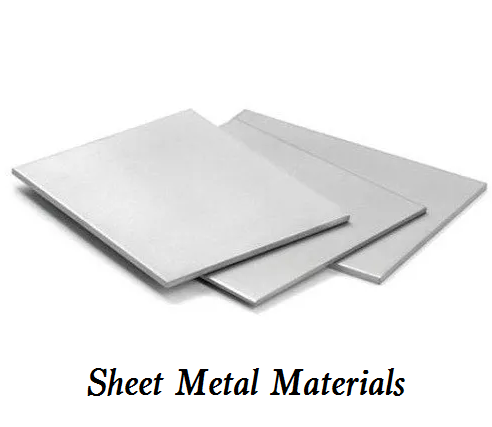
Steel is a primary material used in sheet metal fabrication and is available in multiple grades.
1. SPCC steel is a cold rolled sheet, the most basic sheet metal material that has a wide range of uses. It is used as the base material of other materials and is easy to rust.
2. SECC steel, electro-galvanized commercial quality cold rolled steel, is widely used for electroplating with the cold plate as the base material, which is the result of the chemical reaction.
3. SGCC steel, a hot dip galvanized steel sheet, is the product of heating the cold plate as the base material in the molten zinc solution to form a zinc layer. The production process belongs to a physical change process.
4. SPHC, a hot rolled steel sheet, is one of the low-end materials that are easy to rust, and the thickness is generally more than 3mm. Usually used to make hinge products.
5. SD steel is a type of material with excellent rust and corrosion resistance. This material is used for the mounting bracket of the outdoor unit of the air conditioner.
6. Stainless steel and stainless iron, typical grades are SUS304 and SUS430, alloy sheet metal materials. They have good rust and corrosion resistance, and a good-looking surface. They are usually used to make exterior parts, such as the door shell of a refrigerator and the surface of a gas stove.
7. Aluminized zinc sheet has an additional metal aluminum element than the electro-galvanized material, so the surface is smooth and beautiful, and it is often used for aesthetic purposes, such as the back steel plate of a refrigerator model.
8. Aluminum sheets or aluminum alloy sheets, come with low density, and anti-corrosion, typical products are refrigerator water trays and evaporator fins.
When it comes to sheet metal surface finishes, the following processes are commonly applied.
1. Electrogalvanizing
Electro galvanizing is the process of forming a uniform, dense, and well-bonded metal or alloy deposition layer on the surface of a workpiece by electrolysis. Compared with other metals, zinc is a relatively cheap and easy-to-coat metal, which belongs to low-value anti-corrosion electroplating coating. It is widely used to protect steel parts, especially to prevent atmospheric corrosion, and for decoration. Plating technology includes tank plating (or hanging plating), barrel plating (suitable for small parts), automatic plating, and continuous plating (suitable for wire and strip). Electro galvanizing can generally be divided into cyanide zinc plating, zincate zinc plating, chloride zinc plating, and sulfate zinc plating. Electro galvanizing industry is a pollution industry. Although it is widely used and cheap, electro-galvanizing products do not meet ROHS standards, so electroplating products should not be used in product design.
2. Chrome plating
The process principle of chromium plating is the same as that of zinc plating. Compared with traditional galvanization, the chromium coating has extremely strong corrosion resistance, 7-10 times that of galvanization, and has a beautiful surface, but a high cost. At present, the most advanced chromium plating process is called DACROMET, which is a revolutionary high-tech metal surface treatment process with no pollution throughout the whole process.
3. Powder spraying
The powder is polarized and uniformly attached to the product surface with opposite polarity under the action of the electric field force. It belongs to physical change. The principle of the powder spraying process is mainly to polarize the coating (powder) through the electrode, and then carry the opposite charge on the object to be sprayed. Under the action of electric field force, the powder is uniformly attached to the surface of the object. Electrostatic powder spraying will not cause air pollution. The powder can be recycled to reduce the material consumption cost. The coating film has excellent acid resistance, alkali resistance, salt resistance, corrosion resistance, and adhesion.
4. Electrophoresis
Under the action of the cathode and anode, charged paint ions move to the product surface and deposit to form a coating. It belongs to the chemical change. The electrophoretic coating is applied to the cathode and anode under the action of voltage. Charged coating ions move to the cathode, and react with the alkalinity generated on the cathode surface to form insoluble substances, which are deposited on the workpiece surface. Electrophoretic paint film has the advantages of plump, uniform, flat and smooth coating, and its hardness, adhesion, corrosion resistance, impact performance, and permeability are obviously superior to other coating processes. The most common electrophoretic color is black, and other colors are also available.
5. Resin impregnation
The product is heated in molten material, and the heated metal combines with the surrounding molten material to form a surface material with a certain thickness. Metal plastic impregnation is a new type of technical treatment method for the corrosion prevention of metal surfaces. Resin impregnation is a heating process, in which metal is preheated, dipped, and solidified. When soaking, the heated metal sticks to the surrounding materials. The hotter the metal is, the longer the soaking time is, and the thicker the material is. Dipping plastic has rich colors, good protection, excellent cold resistance, heat preservation, and acid and alkali resistance.
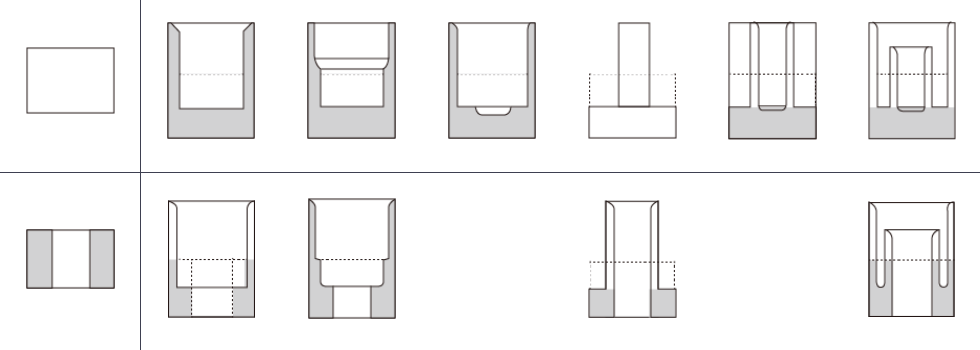 What is Cold Forging – Cold Forging Process, Materials, Uses, Advantages & Disadvantages
What is Cold Forging – Cold Forging Process, Materials, Uses, Advantages & Disadvantages
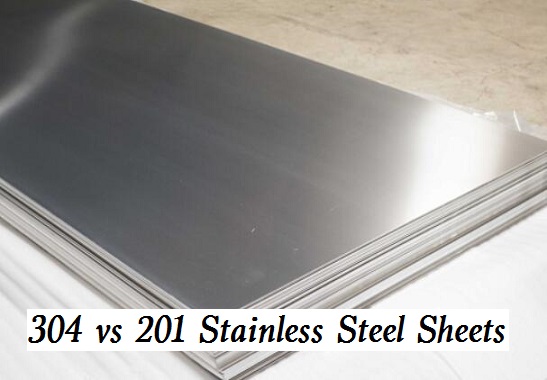 304 vs 201 Stainless Steel Sheets – How to Distinguish Stainless Steel Metal Sheets 304 and 201
304 vs 201 Stainless Steel Sheets – How to Distinguish Stainless Steel Metal Sheets 304 and 201
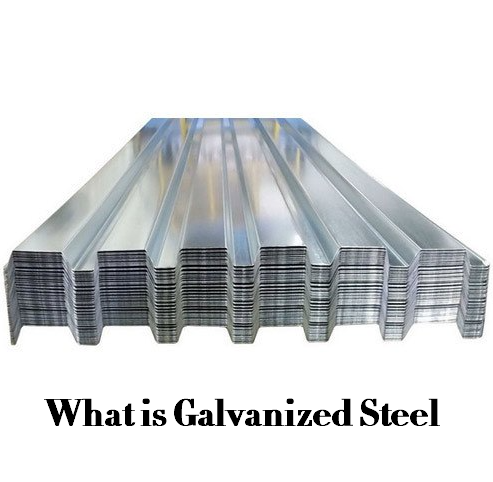 What is Galvanized Steel – Galvanized Steel Advantages & Types of Steel Galvanization
What is Galvanized Steel – Galvanized Steel Advantages & Types of Steel Galvanization
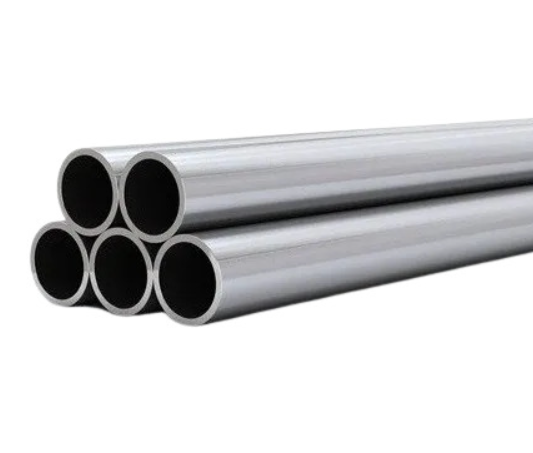 What Is Cold Rolled Steel – Cold Rolled Steel Properties, Uses, Cold Rolled vs Hot Rolled Steel
What Is Cold Rolled Steel – Cold Rolled Steel Properties, Uses, Cold Rolled vs Hot Rolled Steel
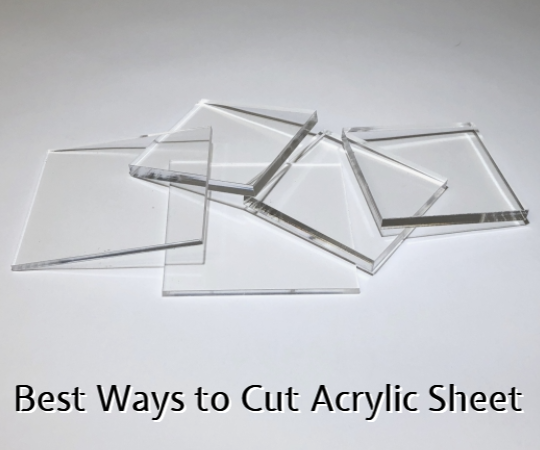 How to Cut Acrylic (Plexiglass) Sheet Without Cracking | Best Way to Cut Acrylic Sheet
How to Cut Acrylic (Plexiglass) Sheet Without Cracking | Best Way to Cut Acrylic Sheet
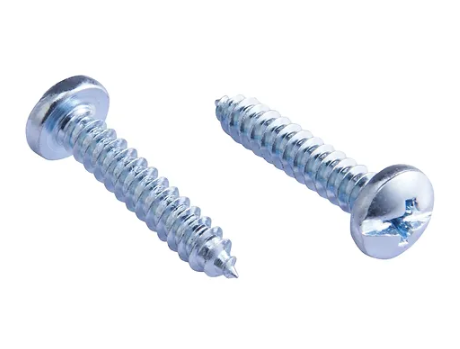 What Are Sheet Metal Screws – Sheet Metal Screw Types, Uses, Sizes & Comparison with Others
What Are Sheet Metal Screws – Sheet Metal Screw Types, Uses, Sizes & Comparison with Others
